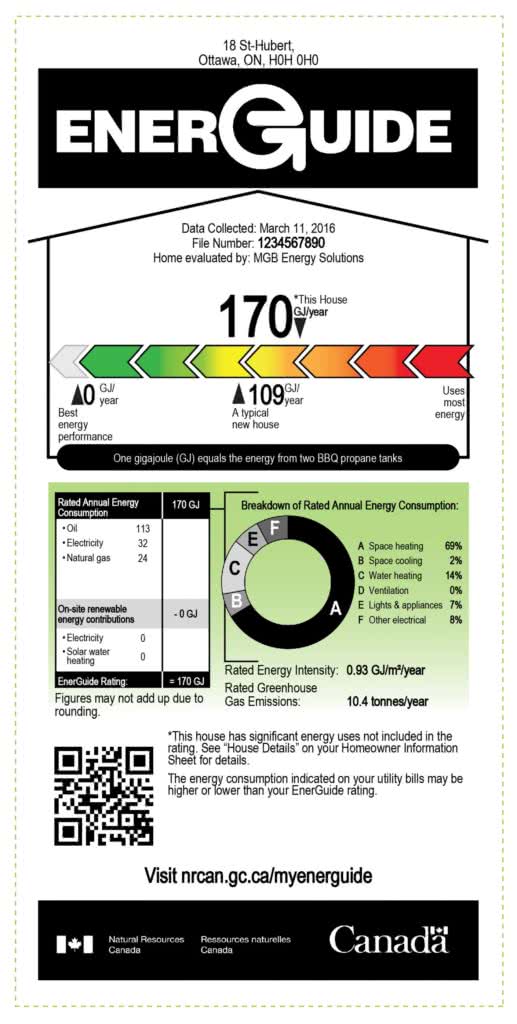Is my home eligible for rebates or an EnerGuide home evaluation?
To access rebates through the CleanBC Better Homes and Home Renovation Rebate Program, or to have an EnerGuide home evaluation completed, your home must meet the eligibility criteria outlined below.
CleanBC Better Homes and Home Renovation Rebate Program
To be eligible for this rebate program, homes must meet the following eligibility criteria:
- Be connected with a current residential utility service account to FortisBC and/or BC Hydro. Electrically heated homes served by local municipal utilities within the service territories of BC Hydro or FortisBC (electricity) are also eligible.
- Home must be a year-round primary residence that is at least 12 months old, and one of the following types of residential buildings:
- single family home (detached dwelling);
- secondary suite in a single-family home (detached dwelling); the home and secondary suite must be individually metered;
- mobile home that is permanently fixed, sits on a foundation and is structurally complete with installed and connected plumbing, heating, electrical, water and sewer services towing apparatus and axle must be removed;
- duplex, triplex, row home or townhome, where each unit has its own natural gas and/or electricity meter. Utility accounts must be in the name of the resident and/or homeowner; utility accounts in the name of a strata corporation are not eligible.
Please note: Multi-unit residential buildings (such as high-rises and apartment buildings), vacation homes or premises that are not year-round primary residences, garages, workshops, and out buildings are not eligible for the CleanBC Better Homes and Home Renovation Rebate Program. See full Program Requirements for details.
EnerGuide Home Evaluation
To be eligible for an EnerGuide evaluation for existing homes, your home must be one of the following home types:
- single family detached
- semi-detached
- row home or town home
- mobile home on a permanent foundation
- permanently moored float home
A home must also be in an ‘eligible state’, which means that:
- The building is resting on a permanent foundation(s) or is a permanently moored float home.
- There is a space heating system in place at the time of the evaluation that is capable (or was, in the case of a heating system failure) of keeping the interior living space at 21 degrees Celsius.
- The envelope is intact, including the exposed ceilings, exterior walls, exposed floors, windows and doors, and interior and exterior finishes (e.g., drywall, and exterior siding).
- Up to one window or door unit can be missing as long as it is temporarily air sealed (e.g., covered with plywood with seams and edges sealed with caulking). Any broken window panes must also be air sealed (e.g., with taped polyethylene) for the duration of the blower door test. If the temporary air sealing fails during the blower door test, the building will be considered ineligible.
- Any renovations underway only affect interior partitions of the dwelling and do not perforate the building envelope.
- There must be a supply of standard AC electrical power available. If power is not available from a utility, the homeowner must come to an agreement with the service organization about arranging for a suitable power supply to operate the blower door test equipment.
For more information on eligibility requirements for energy evaluations for new homes please visit Natural Resources Canada’s Homebuilders webpage. For energy evaluations for mixed-use or multi-unit residential buildings, contact a program-qualified energy advisor or service organization in your area.
Did you see a building science or energy efficiency term you did not understand? Check out our glossary.
